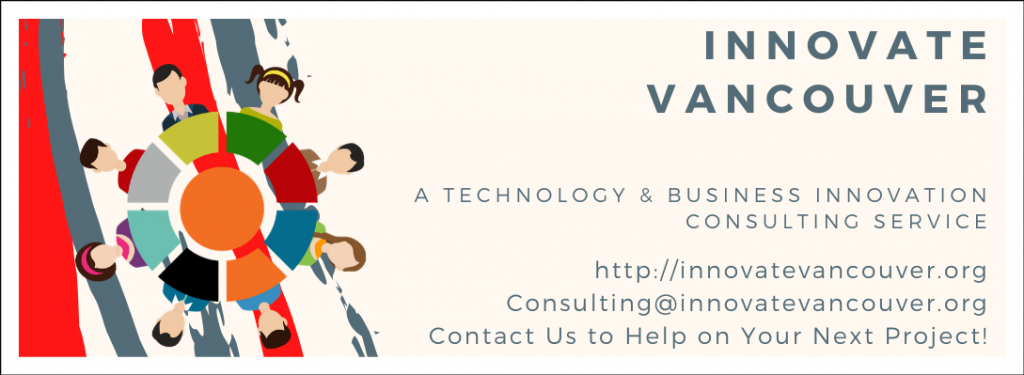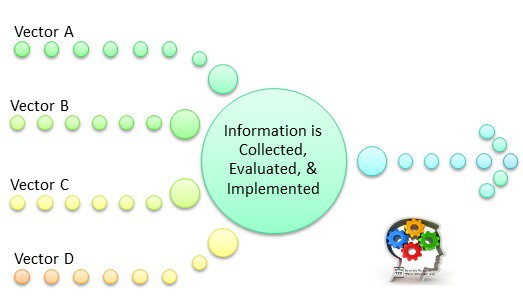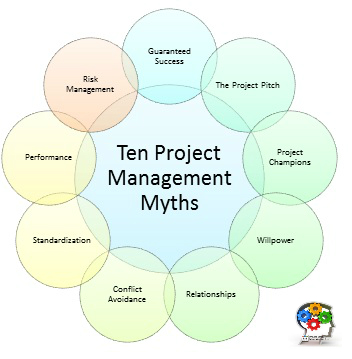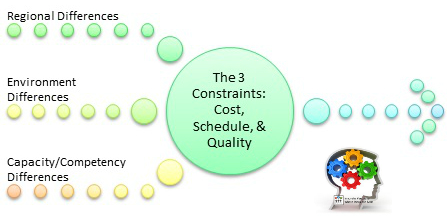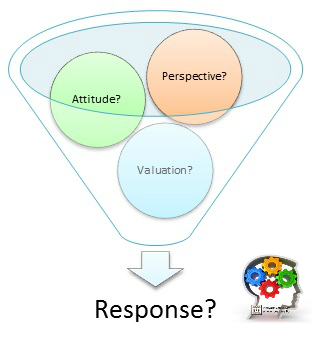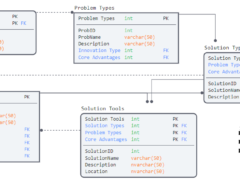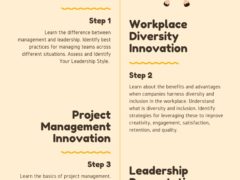
Data Analytics: Fueling the Future of Business Innovation
The demands on the Pharmaceutical & Healthcare Industries to support innovation are at its peak. Healthcare legislation is being actively…

Information Vectors: The Key to Leadership Innovation
Information vectors fuel innovation. The challenge is that information gathered from one vector may be completely ignored from another. This…

The Blueprint for an Effective Change Management Structure
Change management structures needs to take into consideration project goals, barriers, the solutions to be solved, and stakeholder concerns and…

Busting 10 Myths in Project Management
Projects are complicated, which is why an evidence based project management methodology (PMBOK, 2013) is so useful. This method, if…

Elevate Your Project Management with ADKAR Strategies
Implementing complex projects across regions requires an effective engagement and change management approach. Despite the popularity and common corporate support…

Navigating the Implementation of Key Initiatives
Planning Initiatives Across RegionsWatch this video on YouTube Planning and supporting the implementation of initiatives across regions is difficult. In…

Elevate Your Projects: Harnessing Innovation Capabilities
Building a culture of innovation capabilities is fickle. It is neither obvious nor deterministic (following a straight path). The process of…

How to Implement a Cross Systems Planning Model
Effective execution of cross systems planning initiatives requires an ability to leverage unanticipated opportunities. It also requires the ability to…
